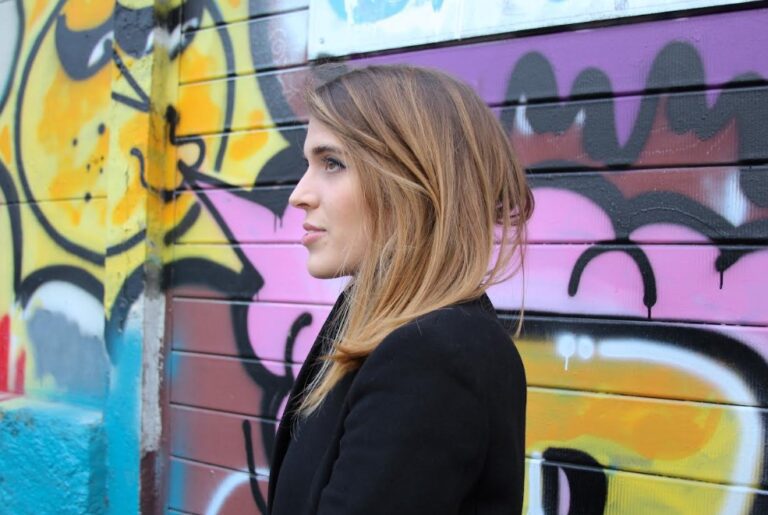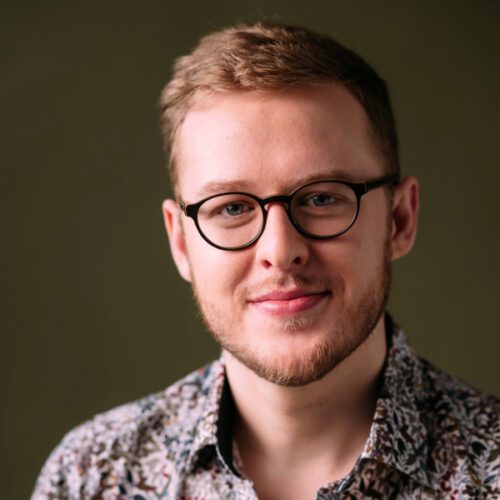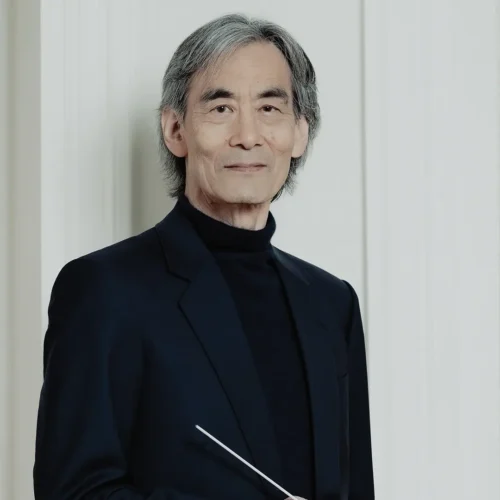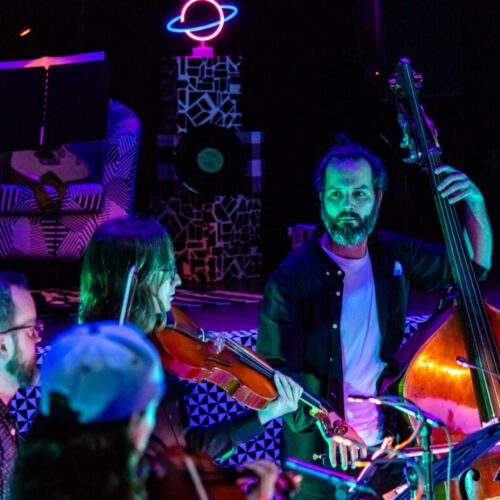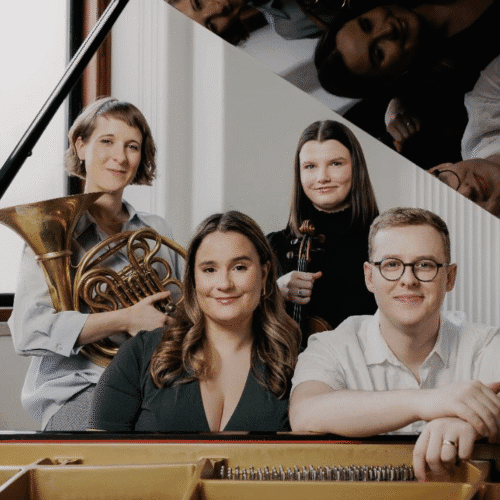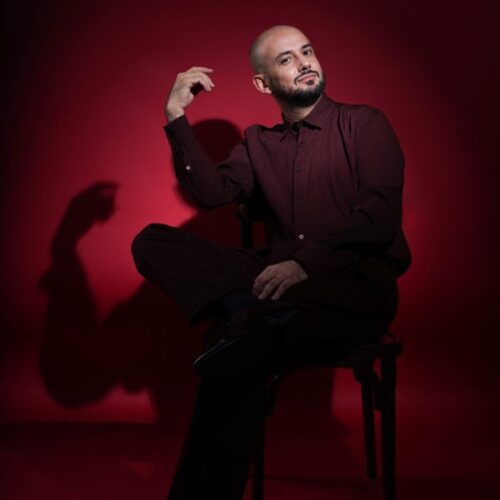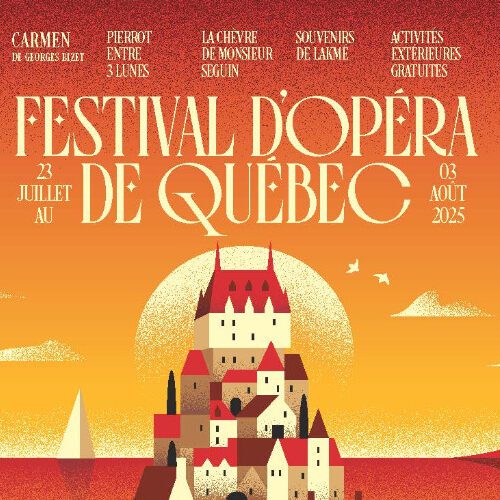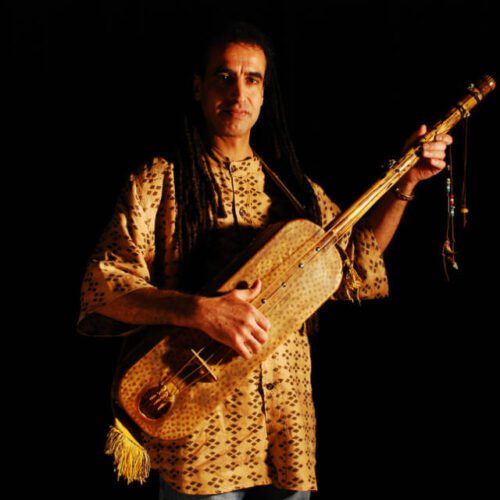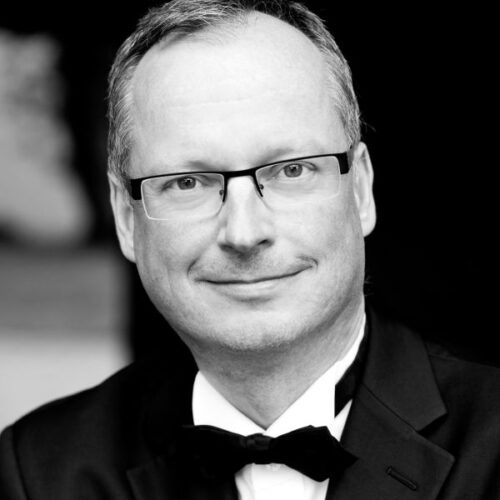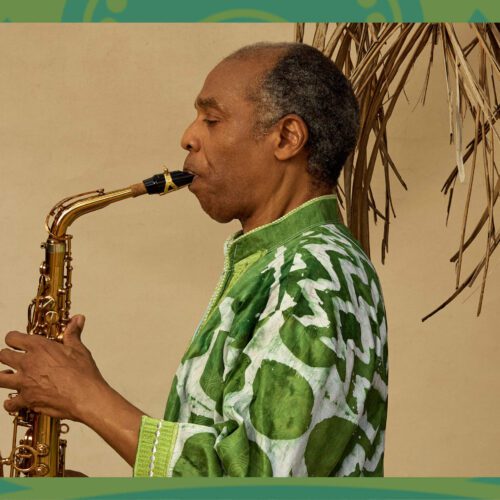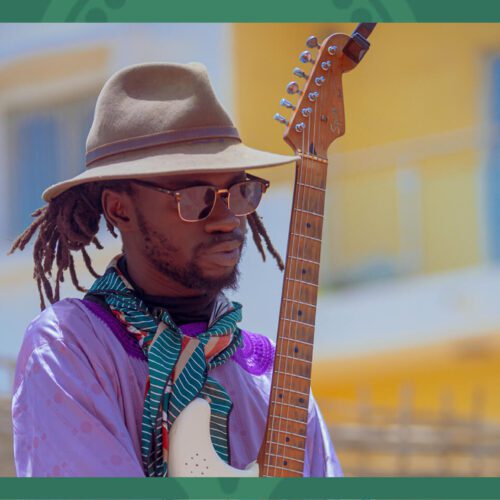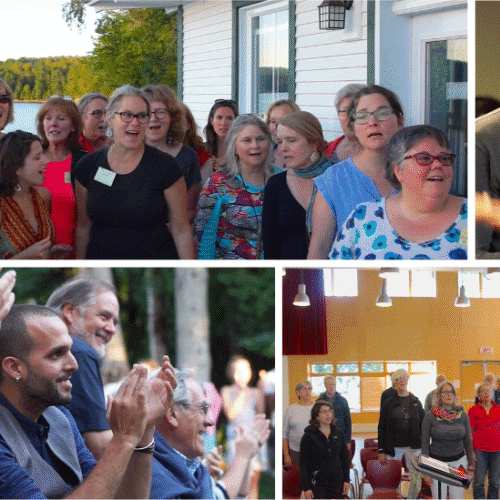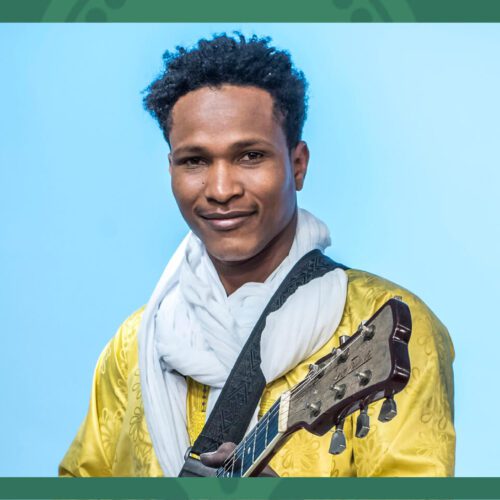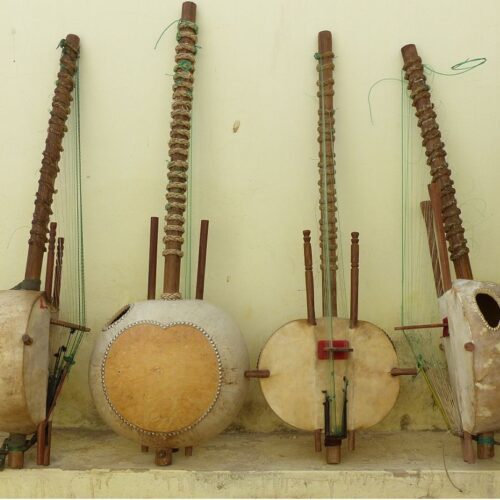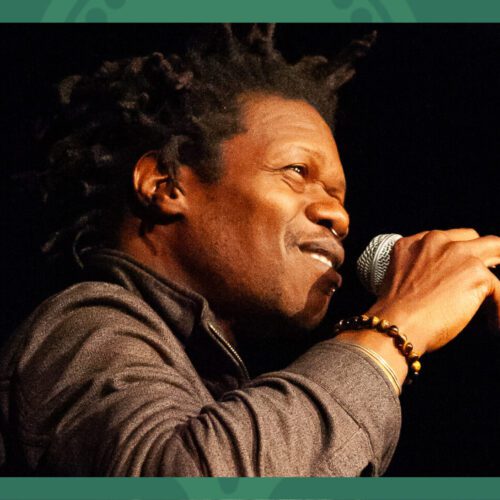Additional Information
The most surprising aspect about Argentine composer Rocío Cano Valiño is that she also has a career as an interior designer. Perhaps this explains her fascination with the sounds that surround her, and in particular their decomposition into tiny sound particles.
This close examination of sound material then enables her to recompose it using micro-montage, a highly meticulous digital composition technique. Regulars and newcomers alike will be able to hear two of his acousmatic works resonating in the Usine C’s loudspeaker orchestra: Asterion and Oknu.
Although she studied composition in Buenos Aires with Demian Rudel Rey, she did most of her schooling in France, in Lyon. She specializes in mixed music, composing for both instrumental ensembles and electroacoustic tape. She has developed numerous projects within the French contemporary music community.
Akousma welcomes Rocío Cano Valiño and so does PAN M 360 !
Pan M 360: So you’ll be taking part in the 19th edition of Akousma, a festival renowned for acousmatic music.
Rocío Cano Valiño: First of all, I’m extremely happy to have been invited to take part in the Akousma Festival, which I’ve admired enormously for years!
PAN M 360: More generally, how would you describe your artistic approach?
Rocío Cano Valiño: As a composer, I do instrumental, mixed (instrument and electronics) and electroacoustic or acousmatic pieces, and each project is a new adventure. I use a variety of sound sources to compose my pieces. I really like close sounds, granulation and the “physicality” of sounds. I think this physicality is also linked to my dual career as a composer and interior designer; I also focus on exploring timbre using the micro-montage technique, i.e., I work with small particles of selected sounds to explore their constituent elements (partials, internal rhythms, timbral variations).
PAN M 360: What is the object of your quest?
Rocío Cano Valiño: My intention is to generate, through the complex interaction between different sound objects, virtuous gestures in a dynamic (constantly mutating) musical becoming. My sources of inspiration are quite diverse; first of all, music, architecture and design are things I’m passionate about. Literature and painting also allow me to dream.
PAN M 360: What can you tell us about the works featured at Akousma?
Rocío Cano Valiño: For the two pieces to be presented at the Akousma Festival, Astérion and Okno (the latter commissioned by Radio France for the program “Création Mondiale” and realized at Studio GRM Groupe de Recherches Musicales. It had its public premiere on February 14 at the Festival Présences at La Maison de la Radio in Paris), here’s some information:
For Asterion, I used a lot of recordings of zippers, at different speeds, closer, and farther away, also with the stereo spatialization of these sounds. I also integrate other types of machines we might find in a house, washing machines, vacuum cleaners… The use of sounds from machines (electric or analog) interests me enormously, and I often use them in my works.
In the case of the piece Okno, I also integrated recordings of sounds made with machines and tape recorders (buttons, mechanisms, gears…), raising the question of the relationship between human beings and automatism. The idea of the boundary between what is real and what is fictitious is always present in the work. The imaginary is expressed in sounds that may have connotations already determined in themselves. An imaginary sound is constructed outside the original context of each element;
Pan M 360: What was your musical training and background before getting into sound art and the use of digital technologies?
Rocío Cano Valiño: I first experimented with drums and violin. I soon developed an attraction to contemporary music, to timbre, to the sounds that surrounded me in everyday life, and the sounds I heard in various workshops building wooden objects. It was probably thanks to this that I later decided to take courses in music analysis, history, and instrumentation. At the same time, I was so motivated that I started taking courses in composition, mixing, and sound recording. My interest in new technologies and sound art came naturally from the start, as a kind of deep need to integrate all my artistic desires into my projects;
Pan M 360 : You collaborated with the Montreal ensemble Paramirabo in 2021. What can you say about this project, which brought together several ensembles?
Rocío Cano Valiño: It was a wonderful project! We toured various cities in France and Canada. It was an extremely enriching human and musical experience. Bringing together three ensembles that I admire enormously allowed me to take all the artistic risks I wanted in order to achieve a result that I was (and am) very satisfied with. And here, I tried to highlight the sonic imprint of each group (Paramirabo, Proxima Centauri and HANATSUmiroir). This enabled me to find a sonic confluence of energy in my piece Okinamaro, for 12 musicians and electronics (Commande de l’État du Ministère de la Culture – DRAC Nouvelle-Aquitaine, et l’Aide à l’écriture musicale de l’OARA).
Pan M 360: You co-founded the Ensemble Orbis in Lyon. What is your role within this ensemble and what projects can we expect in the near future?
Rocío Cano Valiño: I’m on the artistic committee of Ensemble Orbis, which I actually co-founded in Lyon (France) in 2021 and, which is artistically directed by composer Demian Rudel Rey. I am responsible for the electronic part of the ensemble. This project is a dream that has become a reality, enabling us to join forces to create musical and interdisciplinary projects together.
Creative music is at the heart of the ensemble, and we like to program instrumental, mixed, and acousmatic pieces. We do different types of concert formats: “standards”, strolls, shows, with lights, and video. We’ve had the opportunity to commission several composers, and now I’ve been given the chance to write a piece for Ensemble Orbis, for all its instrumentation and electronics, which will be premiered at the Lyon 2024 Biennale de Musiques Exploratoires organized by the GRAME Centre national de création musicale.
Pan M 360: Do you have any expectations from the Montreal audience, or in relation to Quebec more generally?
Rocío Cano Valiño: I’m looking forward to a great encounter, a connection with them through my musical universe, and maybe, if I’m lucky, a chance to chat with them after the concert. For me, it’s always very important to create a connection and exchange with individuals from different parts of the world! That’s what nourishes my pieces too!
Pan M 360: Thank you very much!
Rocío Cano Valiño : With pleasure!
